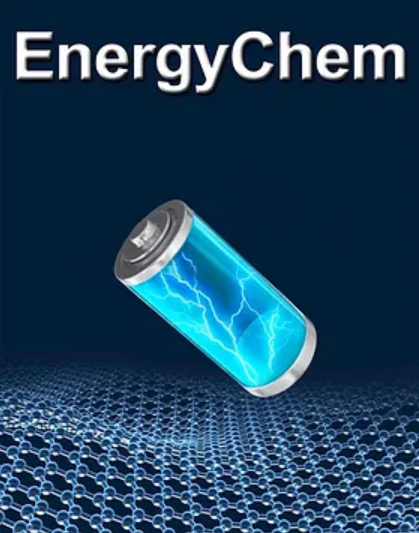Progresses and insights of thermoelectrochemical devices for low-grade heat harvesting: From mechanisms, materials to devices
IF 22.2
Q1 CHEMISTRY, MULTIDISCIPLINARY
引用次数: 0
Abstract
Low-grade heat (<100 °C), as a typical and ubiquitous wasted energy, exhibits widely in nature, industrial activity, and our daily life. However, tremendous amount of heat energy is still not harvested efficiently due to the lack of effective and sustainable technologies. Therefore, the development of thermoelectrochemical devices with characteristics such as giant thermopower, cost effectiveness, good scalability and multi-functionality for heat-to-electricity conversion should be a top priority at present. However, there is great challenges to simultaneously achieve high power density and energy conversion efficiency as well as the integration with energy storage devices. Till now, a lot of works have been contributed to counter above-mentioned problems by the design of electrode materials, the optimization of electrolyte, and the assembly of devices. To accelerate the application of the thermoelectrochemical systems, this review exclusively summarizes the recent progresses of typical thermoelectrochemical devices containing thermodiffusion based devices, thermogalvanic based devices, and thermoextraction based devices from materials to devices, and discusses the energy conversion-storage mechanisms. We also give insights into the relationship between microstructures and performances of devices. Moreover, we present the key challenges and potential perspectives in future works about high value-added conversion and storage of low-grade heat.
用于低品位热量收集的热电化学装置的进展和见解:从机理、材料到装置
低品位热量(100 °C)作为一种典型的、无处不在的浪费能源,广泛存在于自然界、工业活动和我们的日常生活中。然而,由于缺乏有效和可持续的技术,大量热能仍未得到有效利用。因此,开发具有巨大热功率、成本效益、良好的可扩展性和多功能性等特点的热电化学器件,实现热电转换,应成为当前的首要任务。然而,要同时实现高功率密度和能量转换效率以及与储能装置的集成,还面临着巨大的挑战。迄今为止,针对上述问题,人们在电极材料设计、电解质优化和器件组装等方面做了大量工作。为了加速热电化学系统的应用,本综述专门总结了典型热电化学器件的最新进展,包括从材料到器件的热扩散型器件、热电解型器件和热萃取型器件,并讨论了能量转换-存储机理。我们还深入探讨了微结构与器件性能之间的关系。此外,我们还介绍了低品位热量高附加值转换和储存方面的主要挑战和未来工作的潜在前景。
本文章由计算机程序翻译,如有差异,请以英文原文为准。
求助全文
约1分钟内获得全文
求助全文
来源期刊

EnergyChem
Multiple-
CiteScore
40.80
自引率
2.80%
发文量
23
审稿时长
40 days
期刊介绍:
EnergyChem, a reputable journal, focuses on publishing high-quality research and review articles within the realm of chemistry, chemical engineering, and materials science with a specific emphasis on energy applications. The priority areas covered by the journal include:Solar energy,Energy harvesting devices,Fuel cells,Hydrogen energy,Bioenergy and biofuels,Batteries,Supercapacitors,Electrocatalysis and photocatalysis,Energy storage and energy conversion,Carbon capture and storage
 求助内容:
求助内容: 应助结果提醒方式:
应助结果提醒方式:


